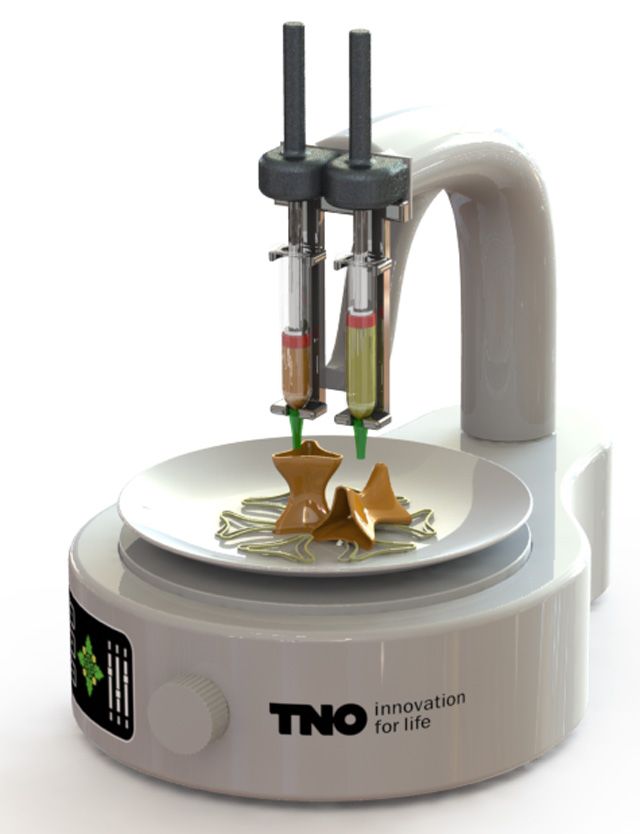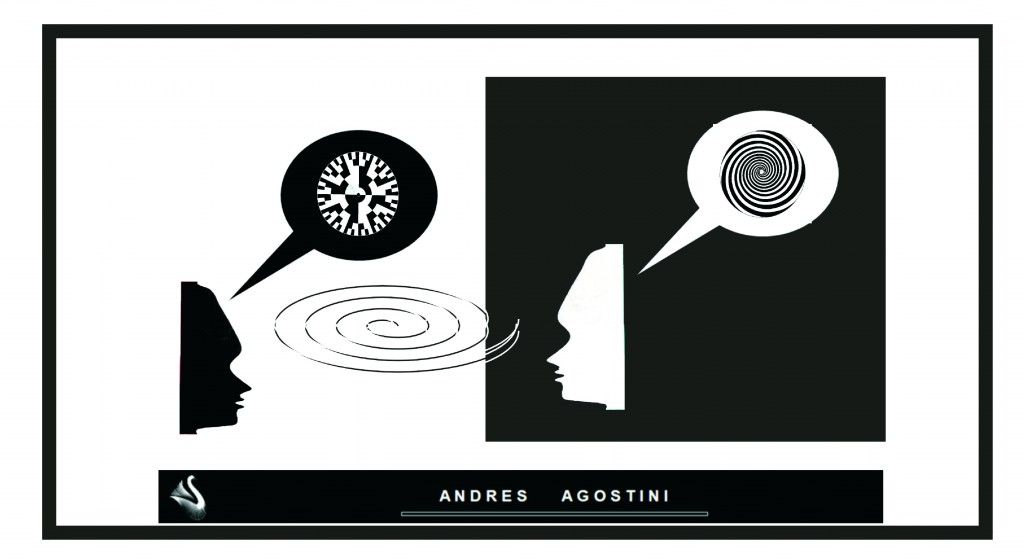Jun 4, 2015
Are new stem cell therapies miracles in a bottle–or just a dangerous form of snake oil? — Tyler Graham Popular Science
Posted by Seb in categories: biotech/medical, health

On a snowy evening in Brooklyn, New York, sweat is streaming from my pores, rolling down my face, back, and palms. I don’t know what the temperature is here inside the MRI machine, but “summer in the Sahara” seems about right. I keep thinking about how I should have shed my winter-weight pants and button-down shirt.
The lab technician chimes in over a microphone. He reminds me not to move or I’ll need to start the MRI over. Considering I’ve been here for 45 minutes, that doesn’t sound appealing. My eyes sting, and sweat has pooled in weird places. I imagine this is what Chinese water torture feels like. Add to that, I have a gadolinium contrast agent coursing through my body. The substance is supposed to highlight areas of inflammation, but it can also make you feel like you’re itching from within. Read more













